fun with
fractions

fun with
fractions


Dot Yung
Teacher - Mathematics
Teachers constantly seek opportunities to demonstrate how different learning areas intersect in 'real' life.
Mathematics touches our lives every day - from counting our change at the supermarket, to calculating our household budgets. Even following a simple recipe to make a cake relies on a knowledge of mathematical fractions. Where would we be without Maths?
This term, Year 7 classes tackled fractions 'in the real world' by making conductive and insulating dough using the brand-new H block kitchen facilities. The recipes for both of these types of dough required students to be very precise with measurements, as the conductive dough needs to bear the properties to conduct electricity through a circuit, while the insulating dough must have the properties that will stop the flow of electricity in order to prevent a short circuit. The make-up, or recipe, for each dough allows for these different functions.
Not only were students required to add, subtract, multiply, and divide fractions to complete this project, they also exercised other useful skills, including following a recipe (literacy) , operating a stove (practical) and even building electrical circuits (scientific). Students had the opportunity to experience a small taste of Year 9 Science studies when they tested to see if electricity could flow through their dough to light up an LED. The class was animated and engaged - it was fabulous to see them so enthused and consequently to achieve such great results in their learning.
I extend a huge thanks to the Food Studies staff for their cooperation and flexibility in accommodating so many Year 7 Maths classes in the kitchen!
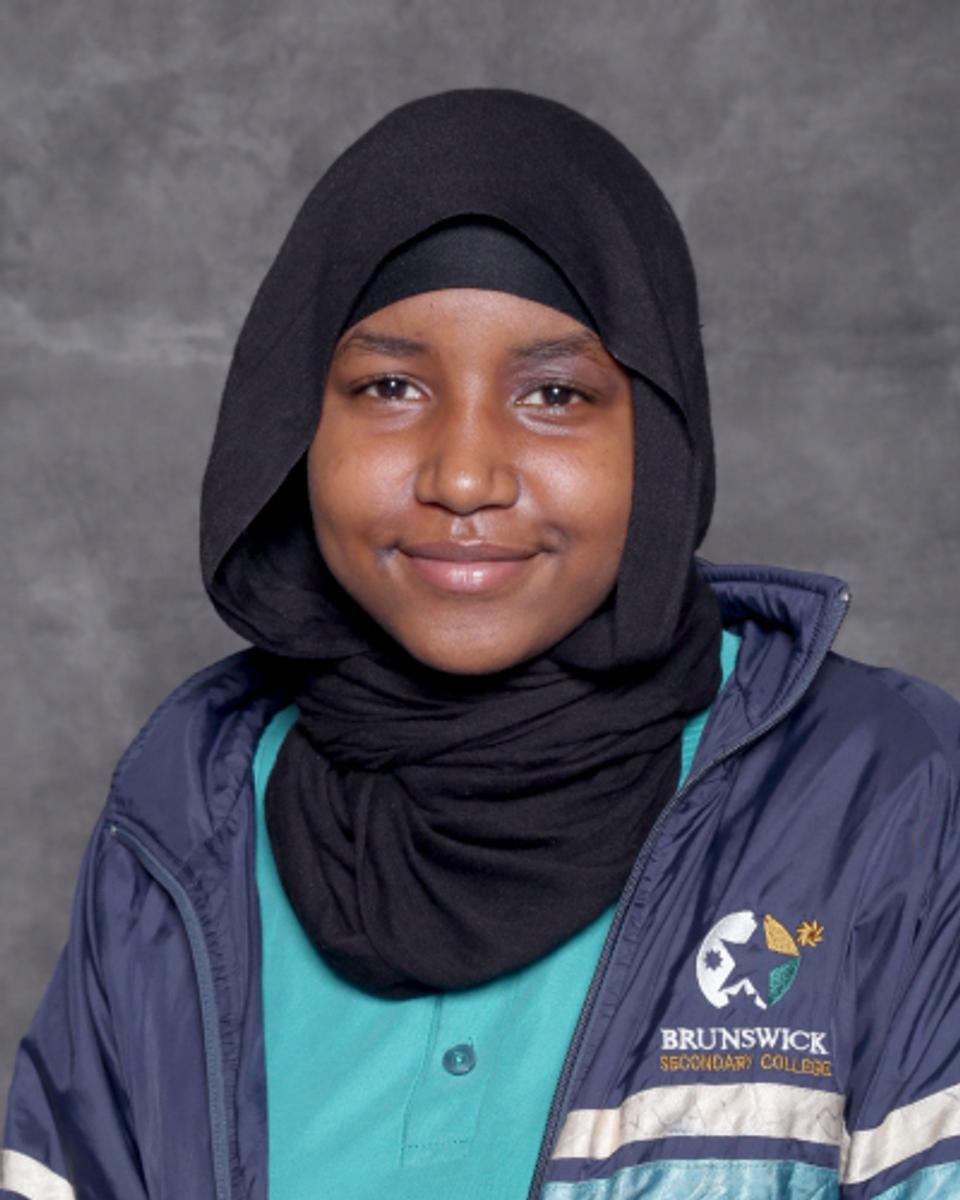

Hana Mohamed
Year 7
We were required to make a model of anything we wanted but we needed to figure how much dough we needed to make it. One batch was 1/16 and we split each batch for everyone to use. I learned how to split different doughs and how to calculate different fractions using playdough.
I enjoyed making all our different models and also making the dough in our groups because my group had a theme for what our models were - it was a coffee shop I made a couple of cakes, Tash made macarons and Tiia make sandwiches. In the end they ended up exactly how I wanted them!


Eadie Forster-Odgers
Year 7
For the task, we had to calculate the right amount of dough we would make for the entire class to make their model/sculpture Squishy Circuits. The students split into pairs or groups and each would create a different colour that was required for other pair's/group's Squishy Circuit creations. Once we calculated the right amount of food dye needed in a batch, we would create the batch in the kitchen as a class. I learnt that fractions can actually be really fun and easy depending on the way that you are taught or the activity you're doing. I really enjoyed creating my group's batch because our group was assigned with the important job of creating the conductive dough that would make the experiment work.


Duy (Mib) Dang
Year 7
or the task, we were required to calculate how much dough we were supposed to make for the entire class, each group/pair making a different colour. We measured how much of a sixteenth (or a batch) we would make, then would gather the materials in the kitchen. I learnt how that sometimes, you don't have to simplify fractions, because then you can measure the amount of whatever you are making more correctly. I enjoyed cooking the dough in the kitchen with Abbey, because I got to see how all the materials came together. I also enjoyed seeing everyone have fun and try out the dough, then all cleaning up and washing the pans and spoons and aprons together.


Mekayla Marinelli
Year 7
For this task, we had to make conductive dough and try to turn the light on. I learned how to make conductive dough and it is much simpler than it sounds. I also learned a lot about fractions as everything had to be as it was on the recipe to make it right.
I enjoyed making the dough; it was fun and interesting.
Click on the photo gallery below to enlarge photos.


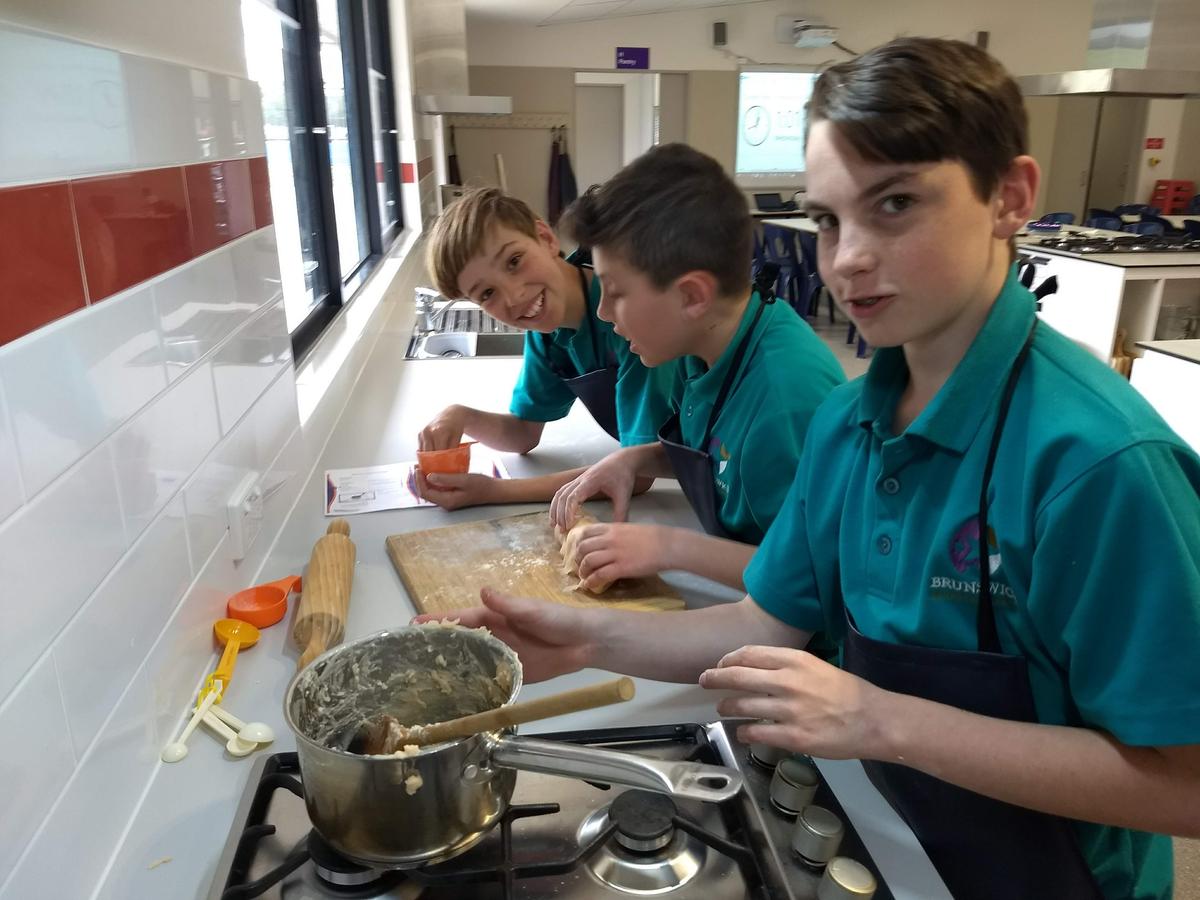





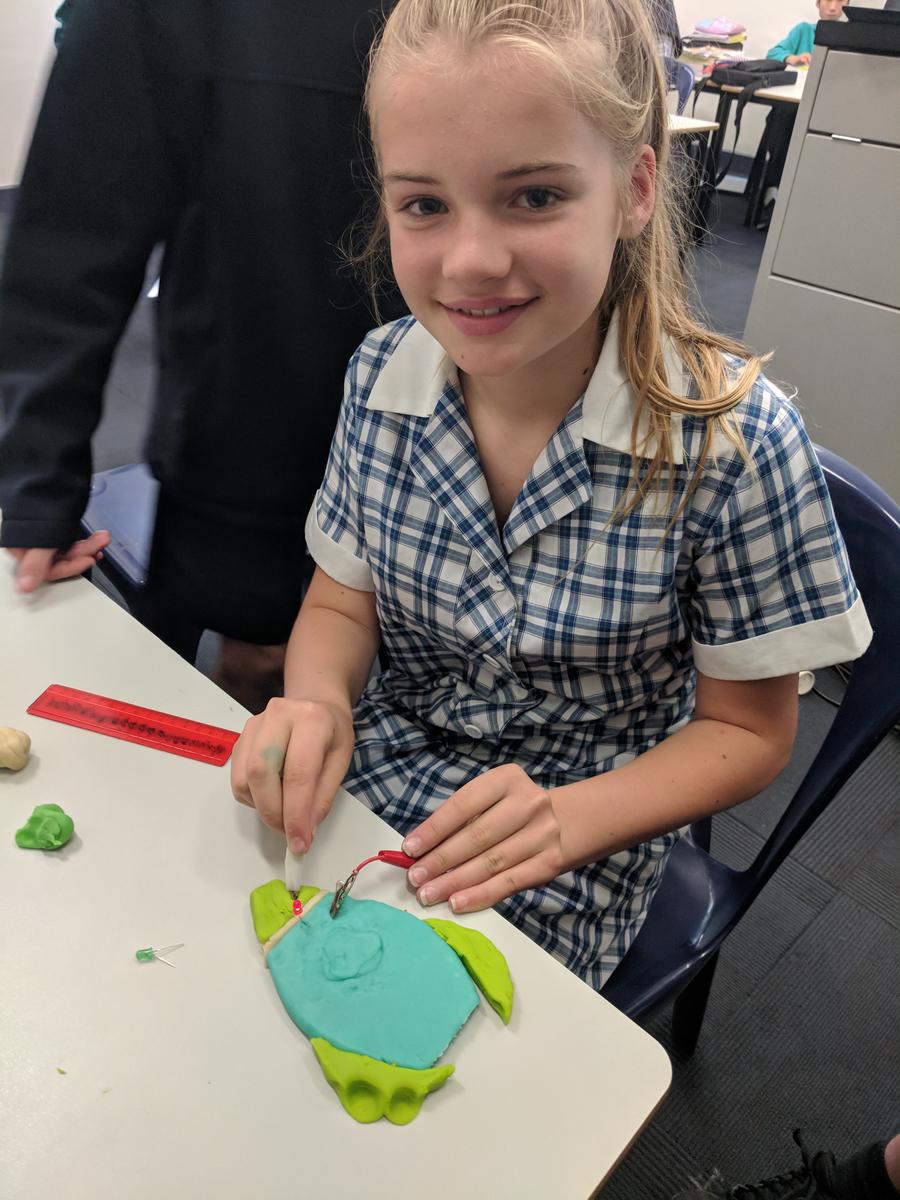

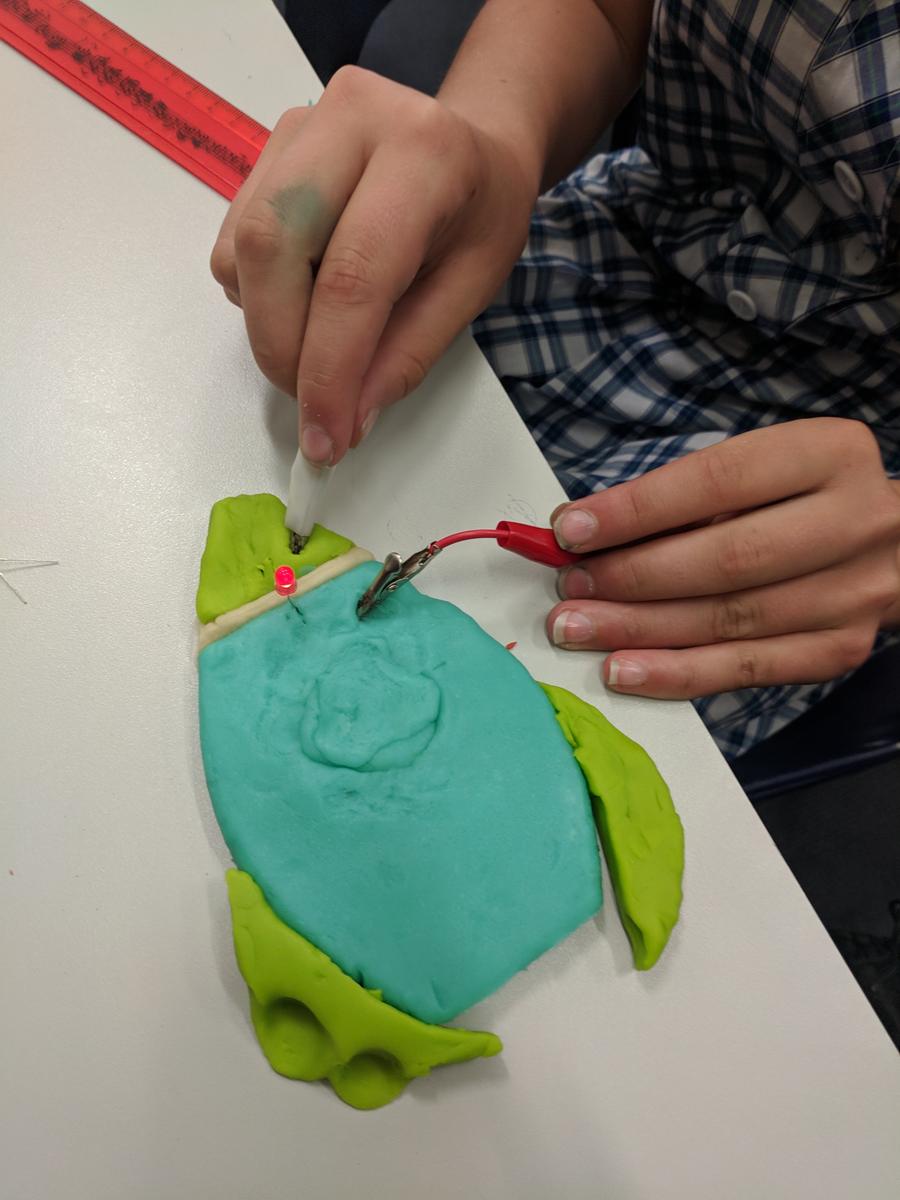

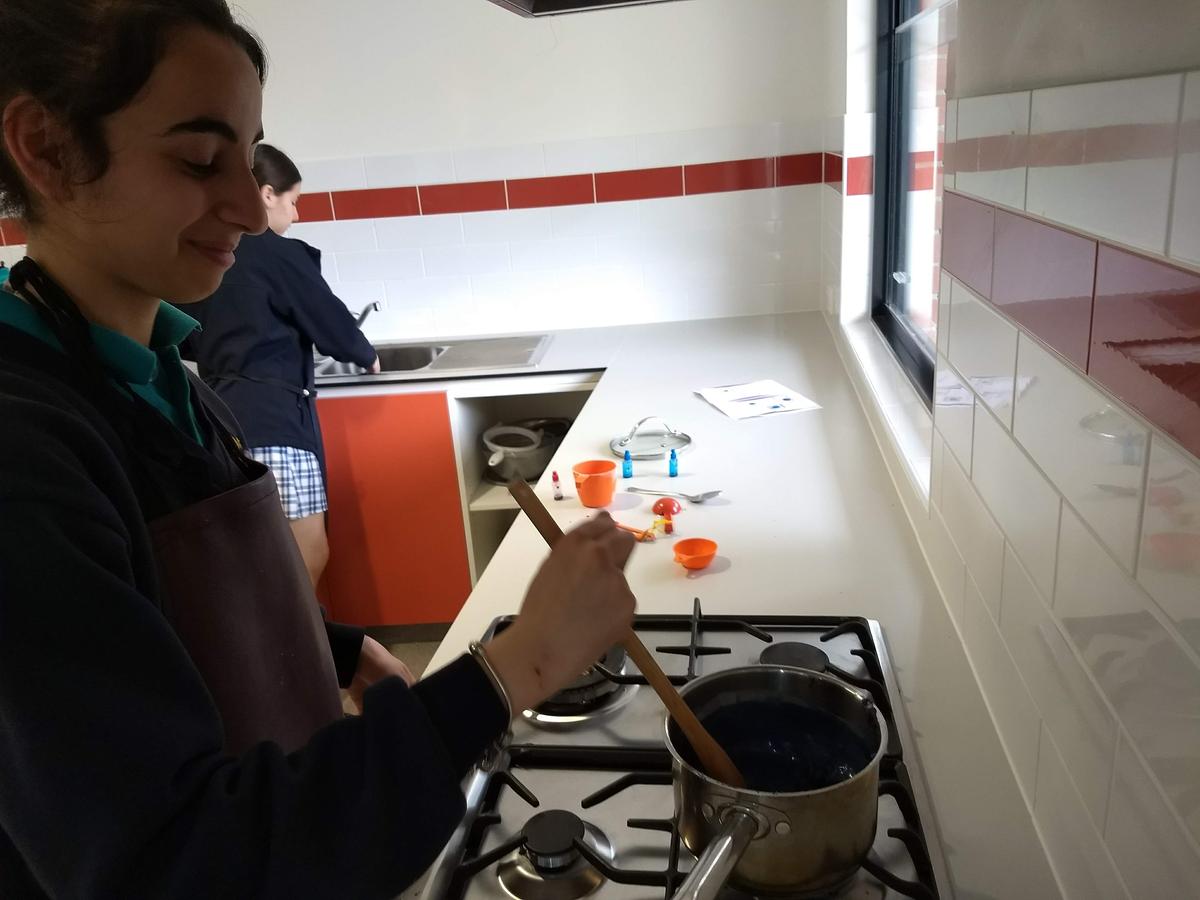
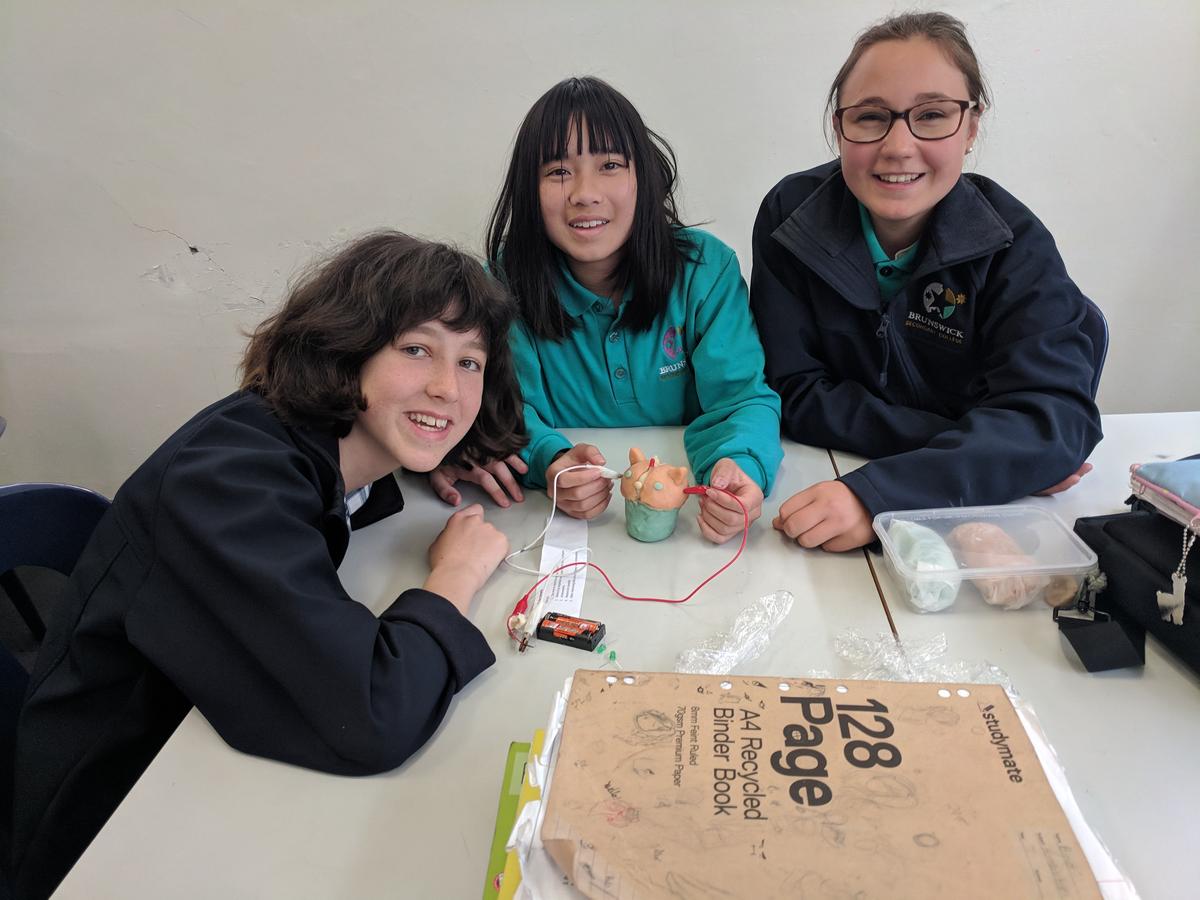
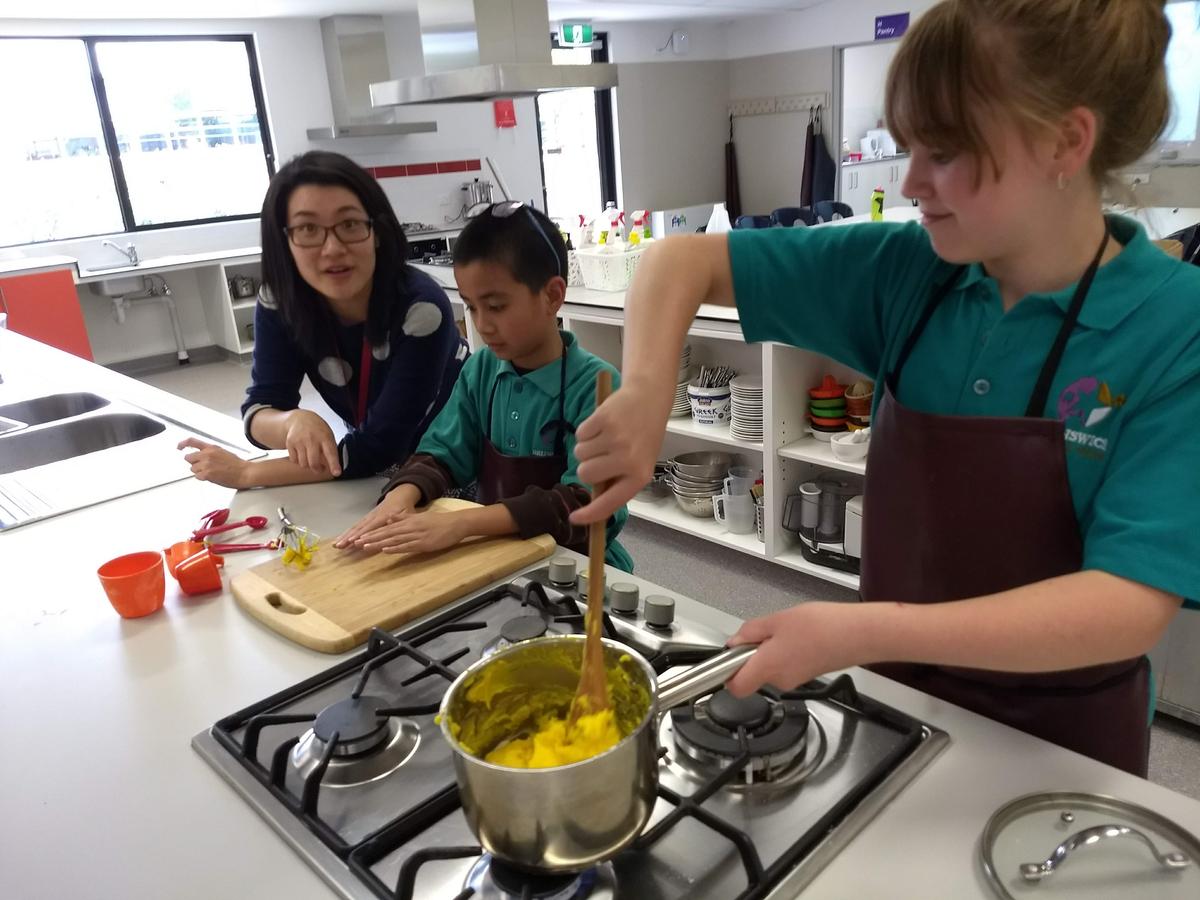
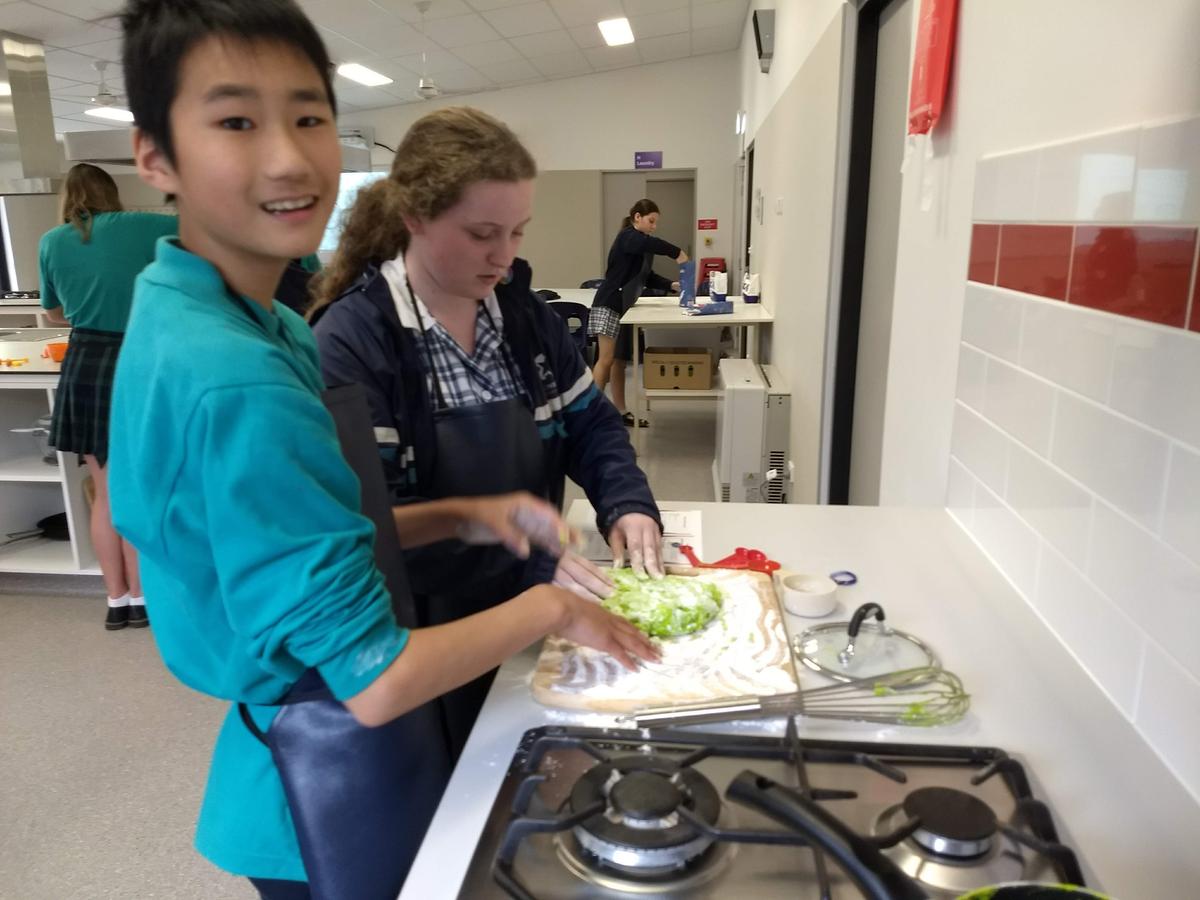
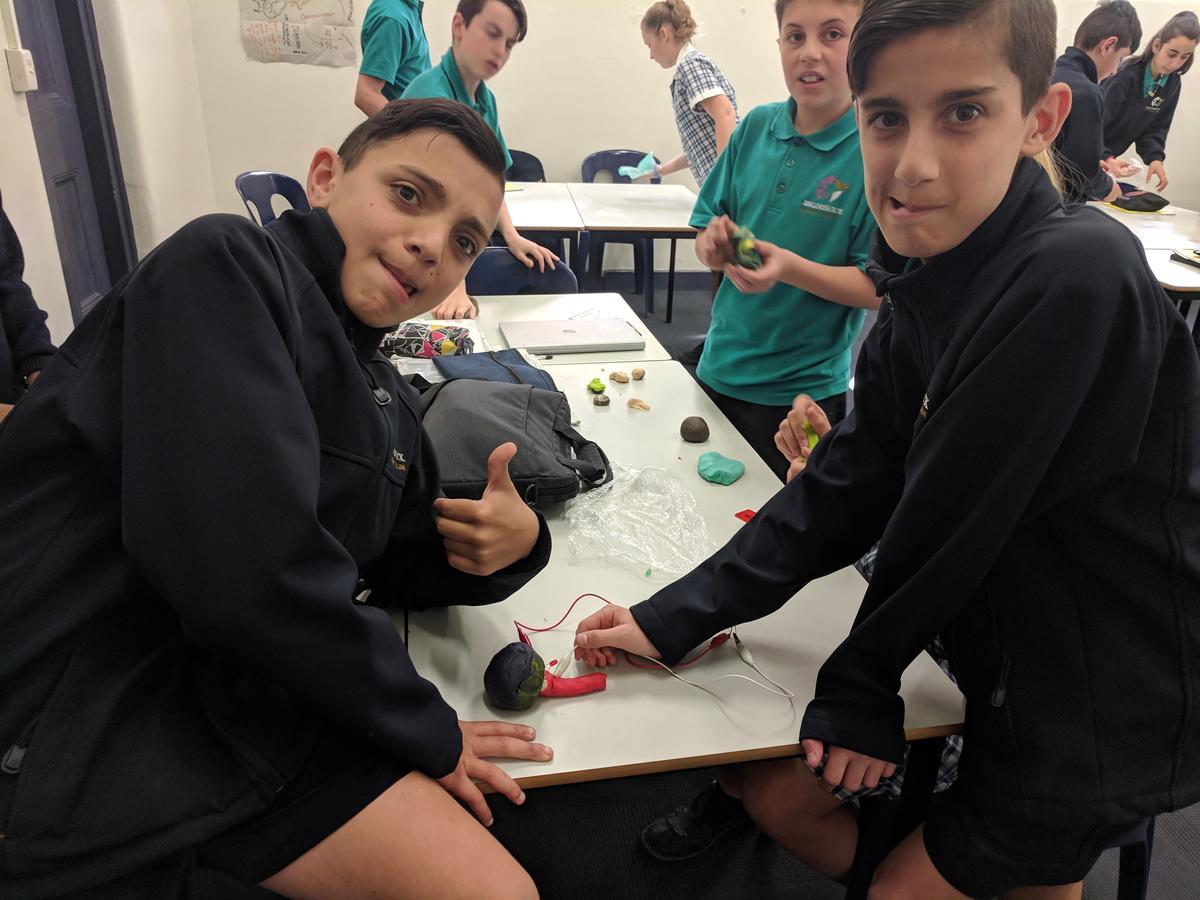



















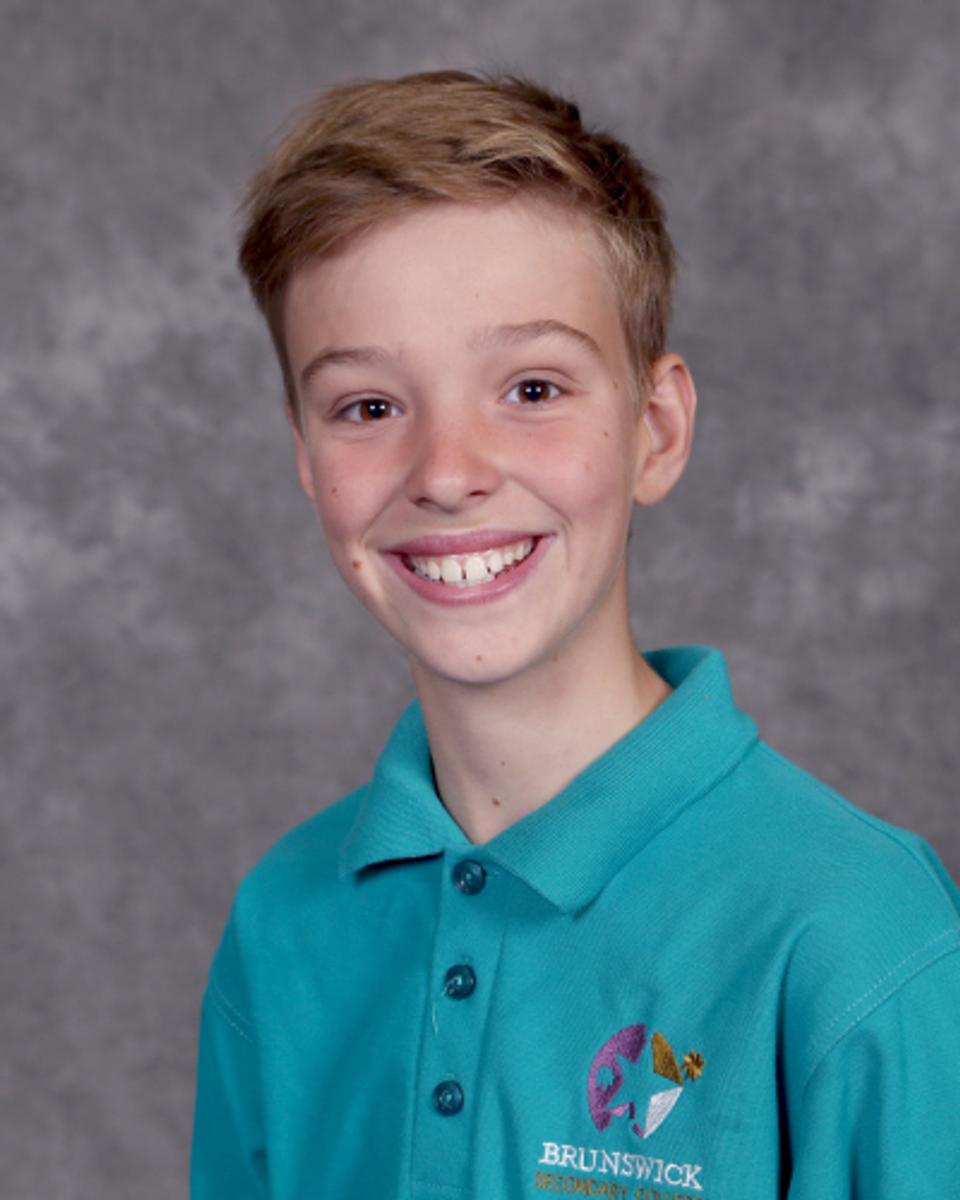

Sam Richards
Year 7
We were required to precisely plan our materials before we cooked and then we made a batch of play dough. We did this by following step by step instructions. After that we made our own sculpture with the dough using normal and conductive dough and used it to make a light work on the sculpture.
I learned that electricity can travel through dough. The thing I enjoyed most was the cooking aspect because it was very independent of the teacher and lots of fun.